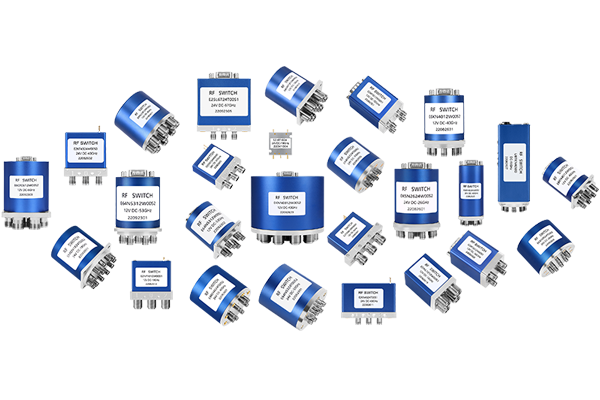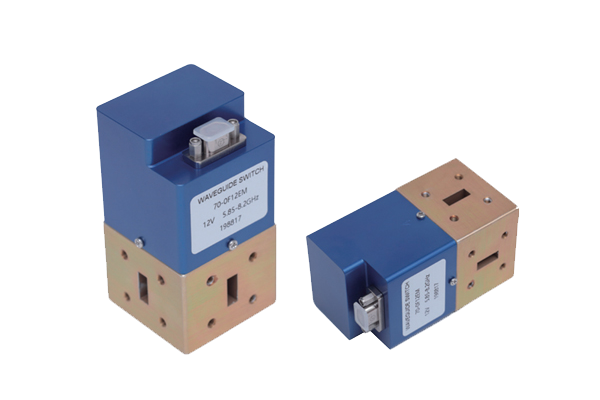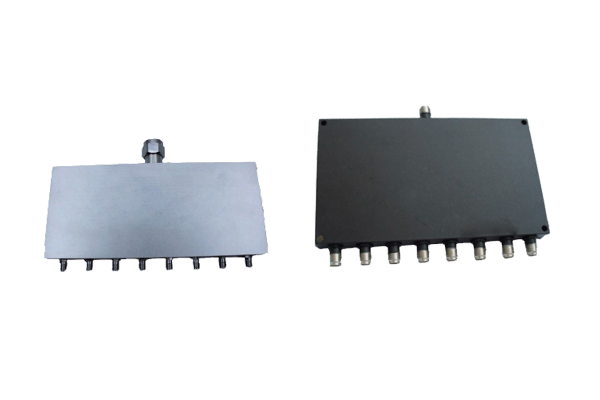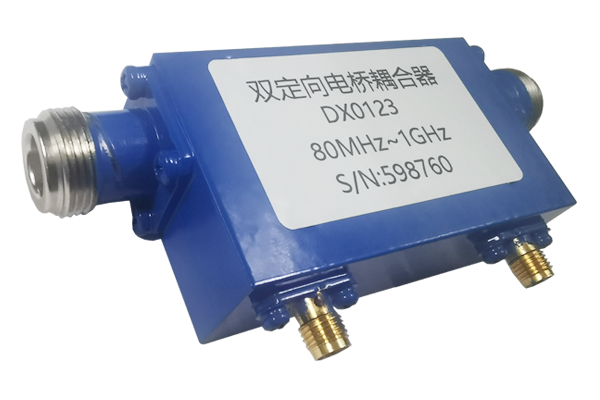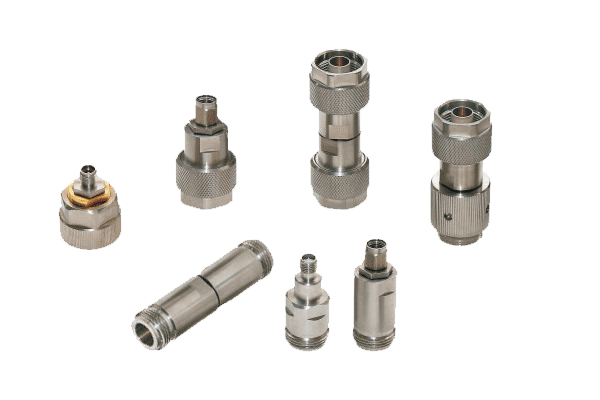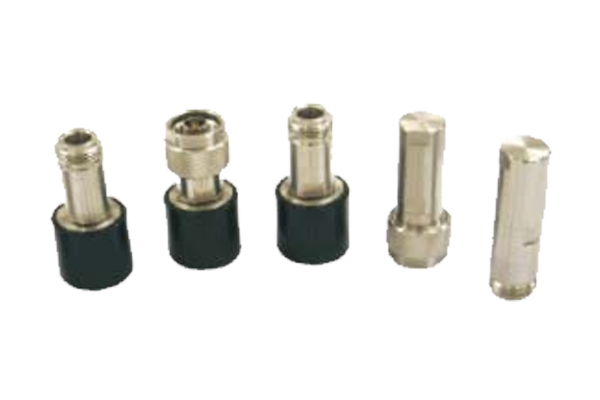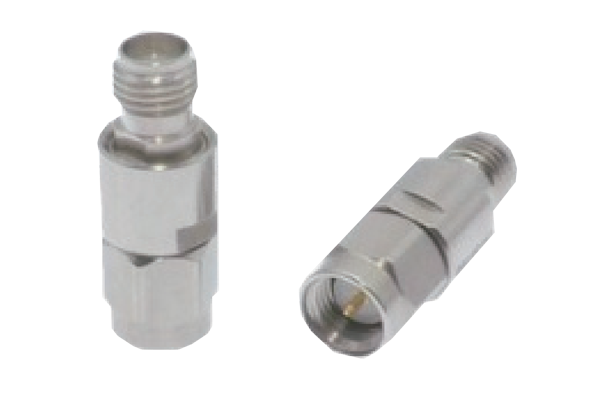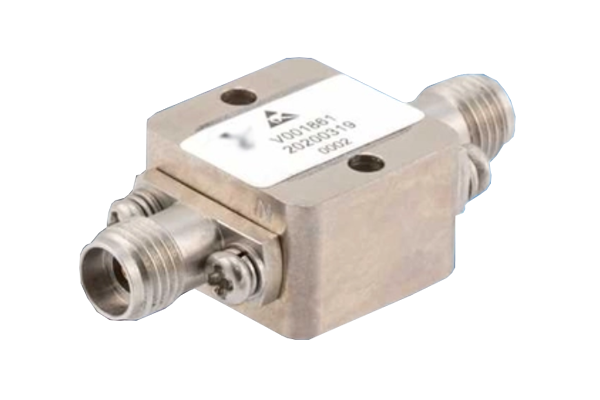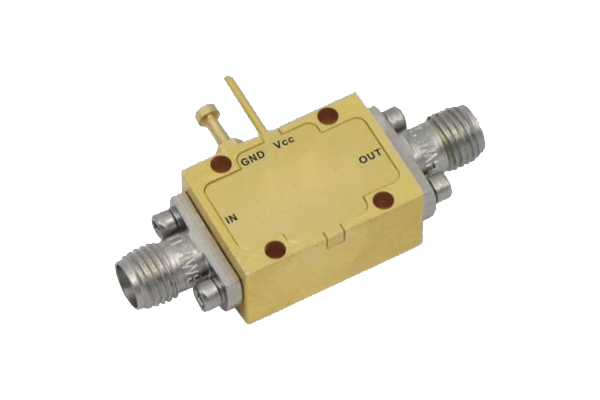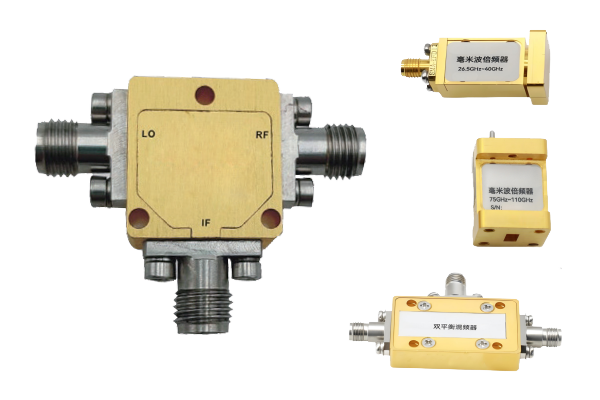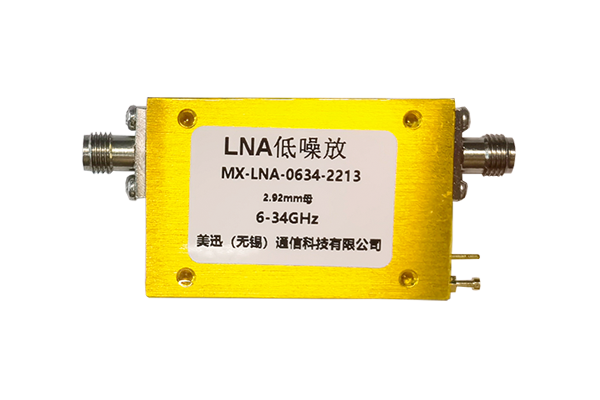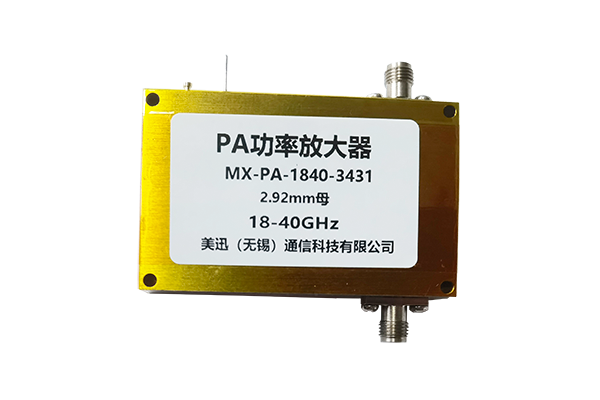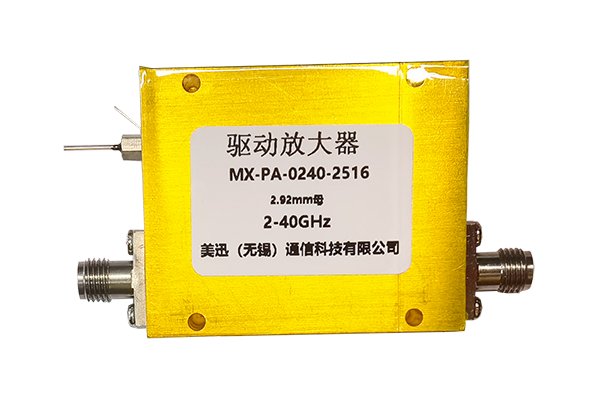How to test the performance of an RF pin diode switch
RF Pin Diode Switch Testing Procedures
Comprehensive testing methods to ensure optimal performance of RF pin diode switches
Test Key Electrical Parameters
Start by testing the core electrical parameters that determine the RF pin diode switch's basic performance.
Testing Procedures:
- For insertion loss, connect the switch to a signal generator and a power meter
- Transmit a signal through the switch in its on-state, then compare input and output signal power
- For isolation, measure the signal leakage when the switch is in the off-state
- Test on-resistance using an ohmmeter, ensuring it matches the rated value
Conduct Environmental Adaptability Tests
Environmental factors significantly impact the RF pin diode switch's performance, so conduct tests under different conditions.
Testing Procedures:
- For temperature testing, place the switch in a temperature chamber
- Cycle through low, room, and high temperatures
- Monitor parameters like insertion loss and isolation at each temperature
- For humidity testing, expose the switch to high-humidity environments
- Retest electrical performance to ensure moisture doesn't cause degradation
Perform Reliability and Durability Tests
Reliability tests assess the RF pin diode switch's long-term performance under various conditions.
Testing Procedures:
- Conduct switching cycle tests by toggling between on and off states repeatedly
- After cycles, check if parameters like response speed or isolation have changed
- Test power handling capability by applying maximum rated power
- Monitor for overheating, parameter drift, or physical damage
Fault Detection and Verification
- Waveform Analysis: Use an oscilloscope to observe the RF pin diode switch's response waveform when triggered by a control signal, checking for delays or irregularities.
- Physical Inspection: Inspect the switch's physical connections and solder joints for looseness or corrosion, which can cause intermittent performance issues.
- Specification Verification: Compare test results with the manufacturer's datasheet to verify if the switch meets all specified requirements, ensuring it's suitable for its intended application.



